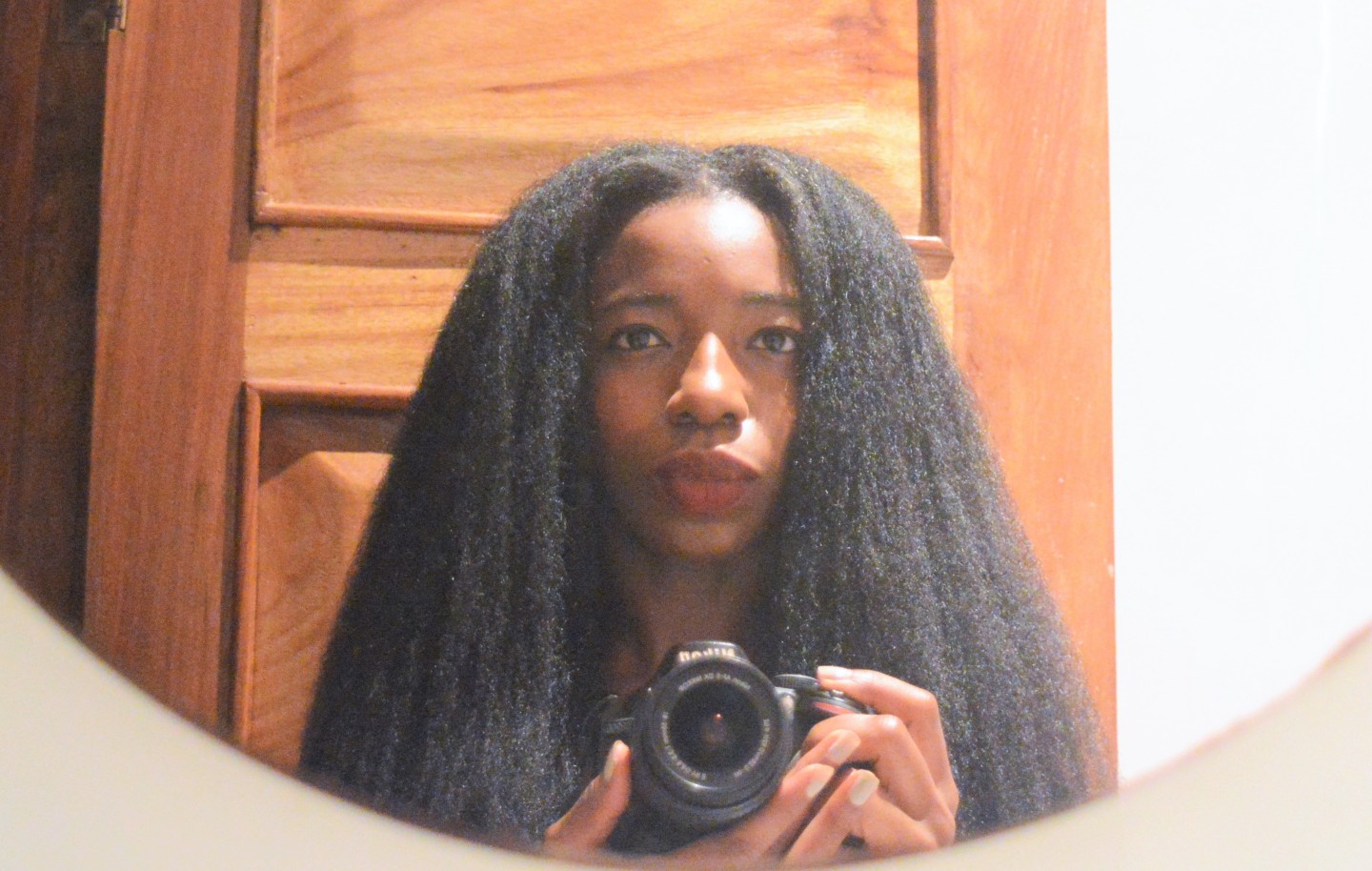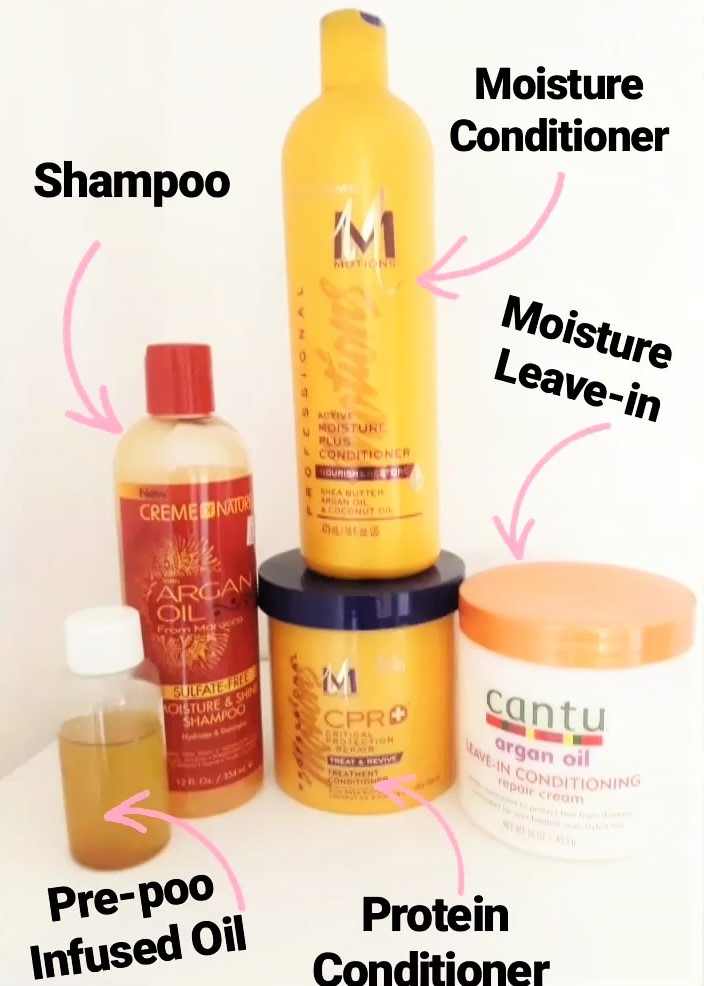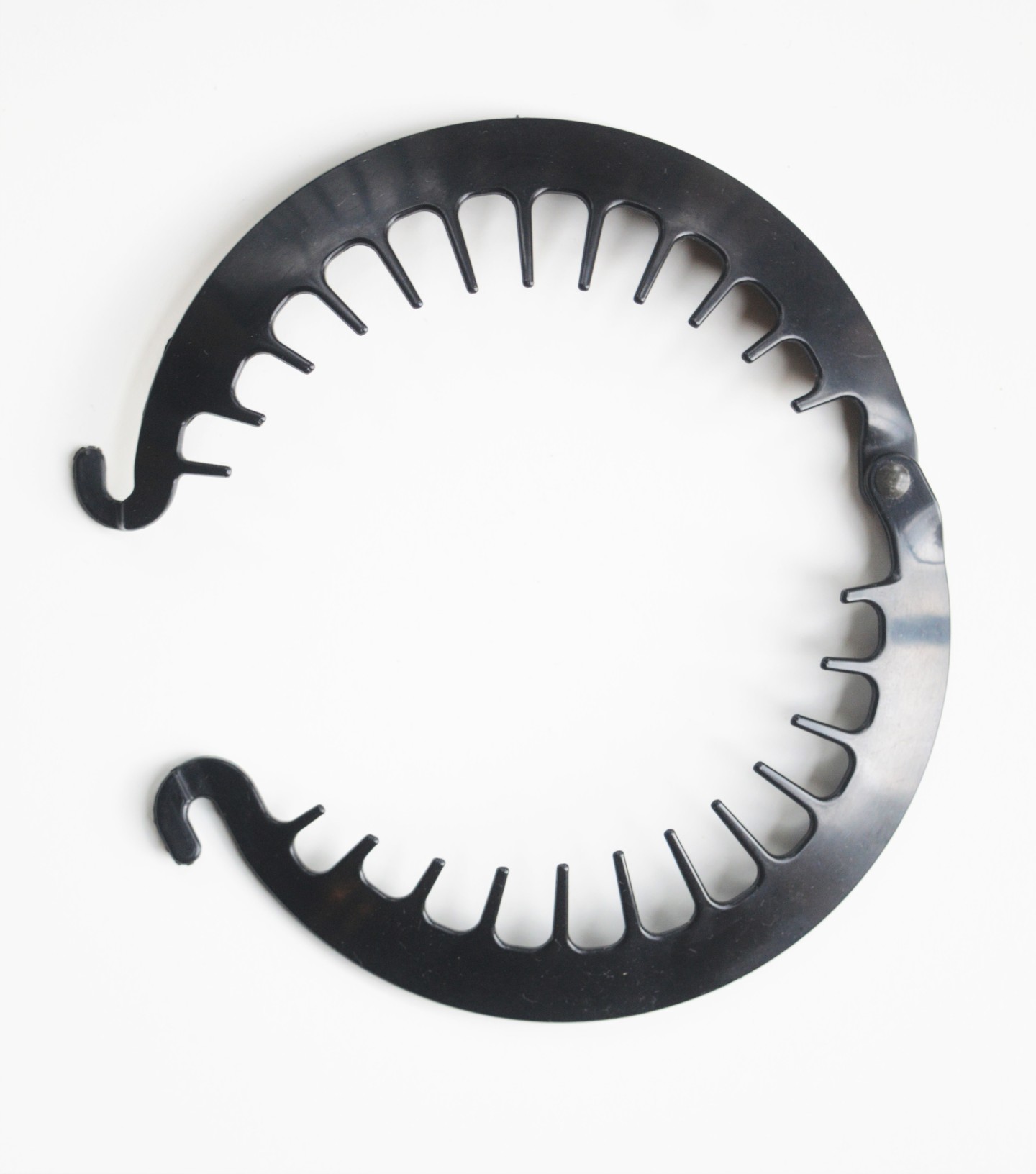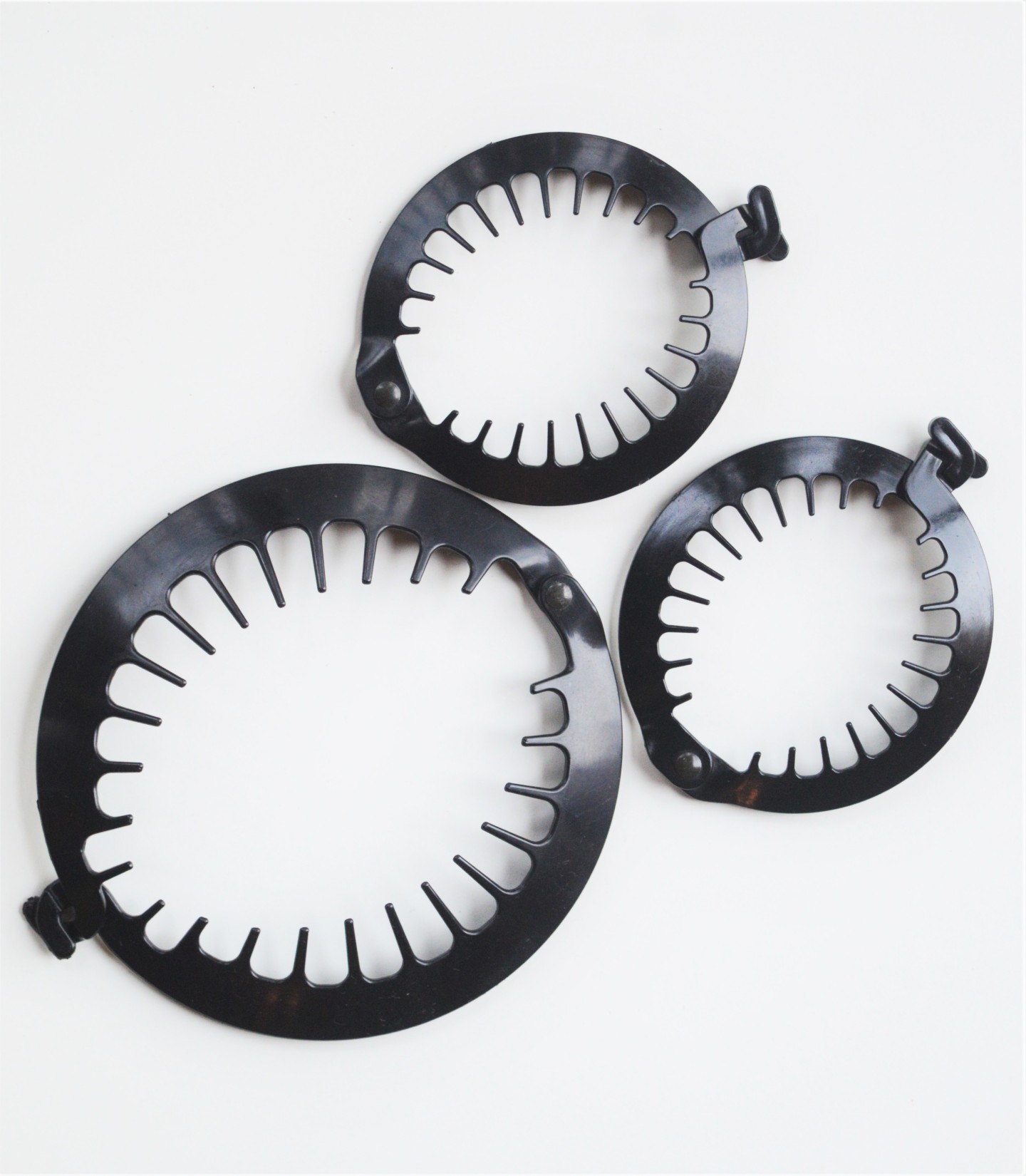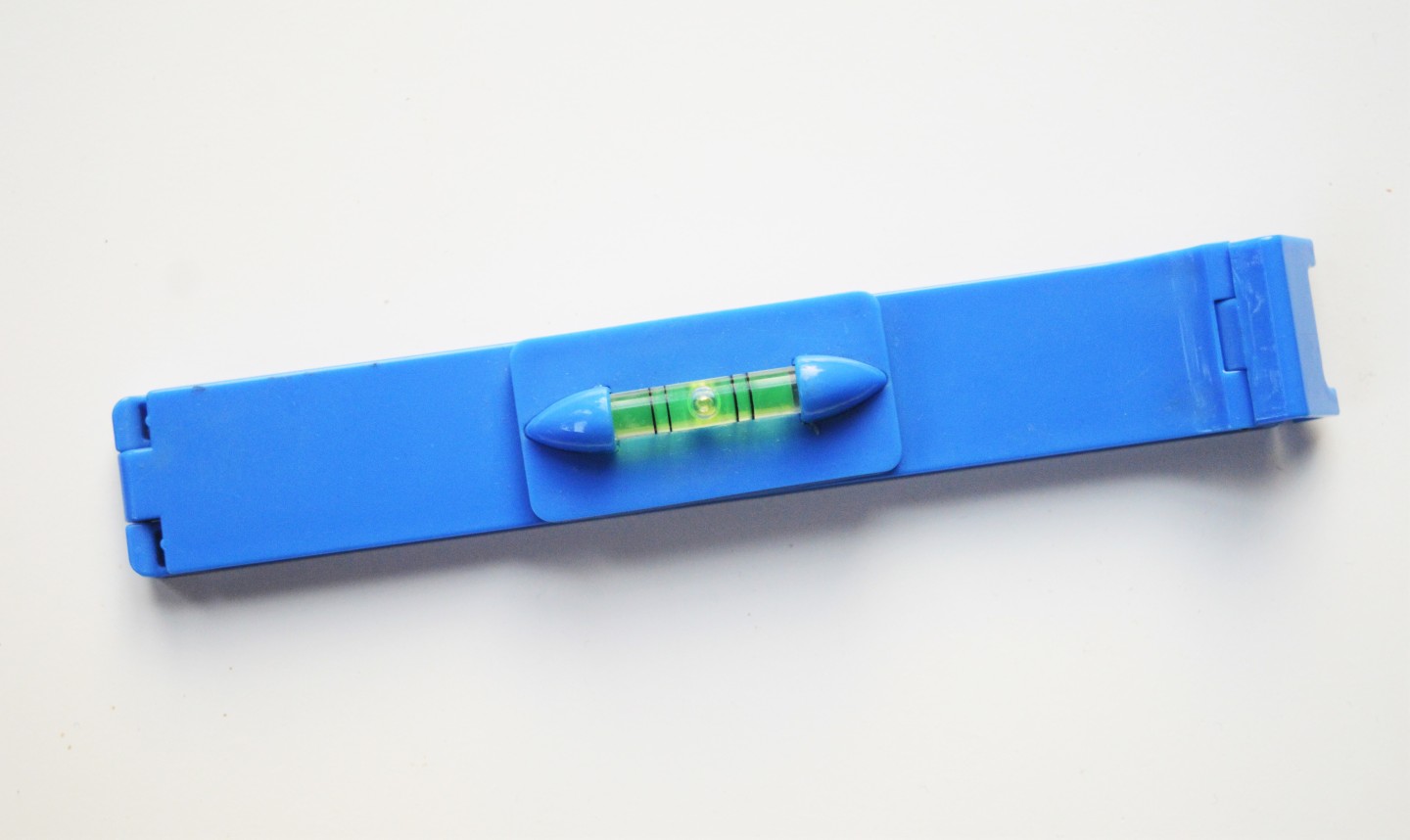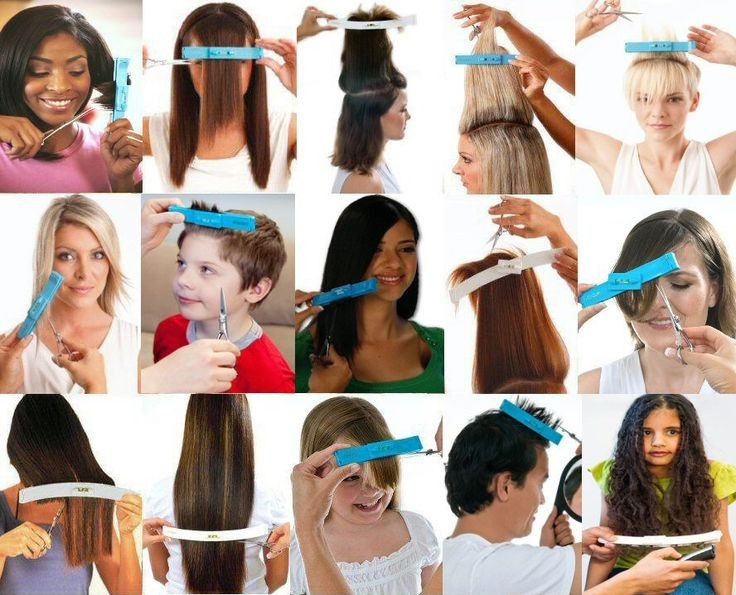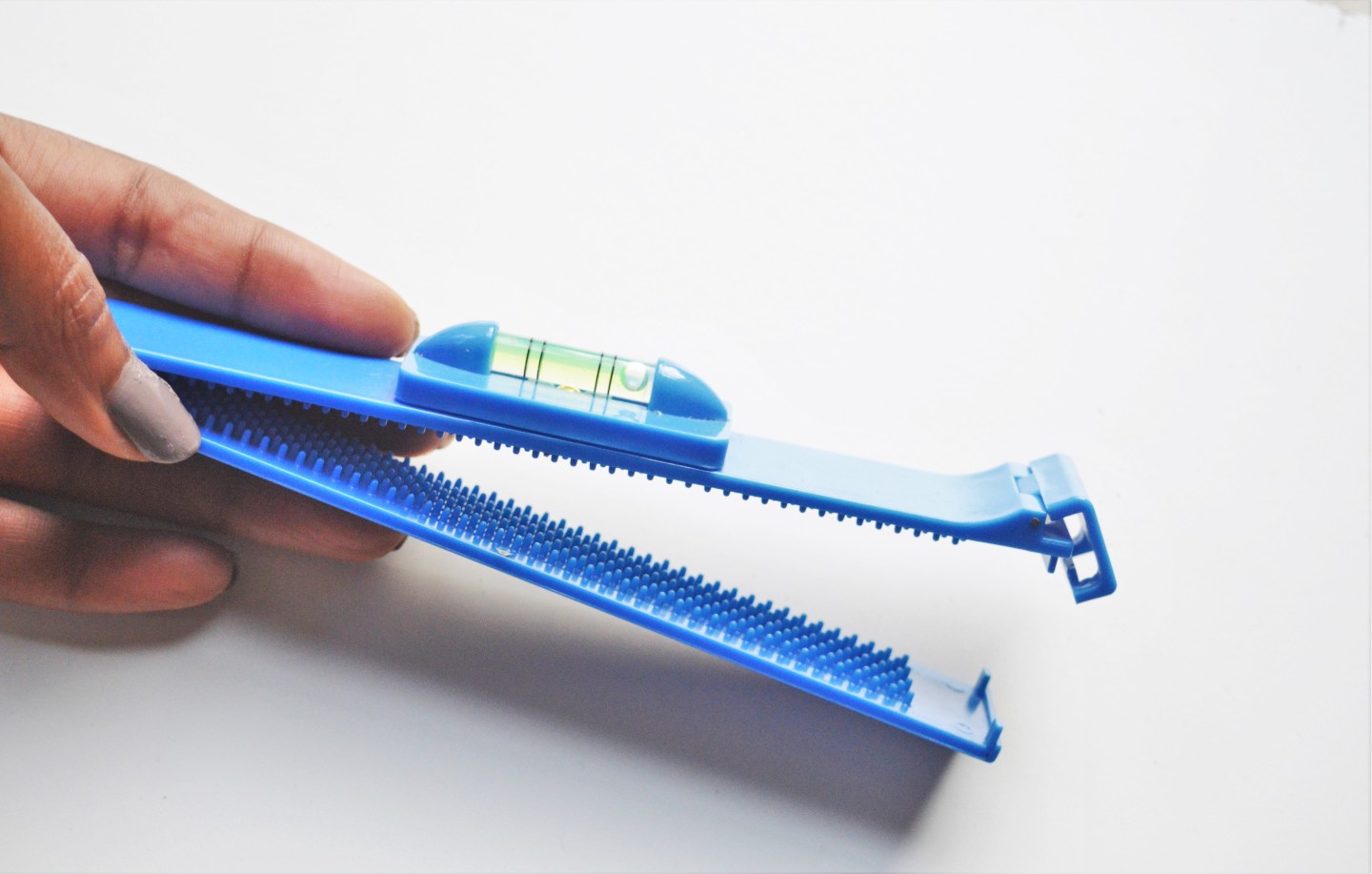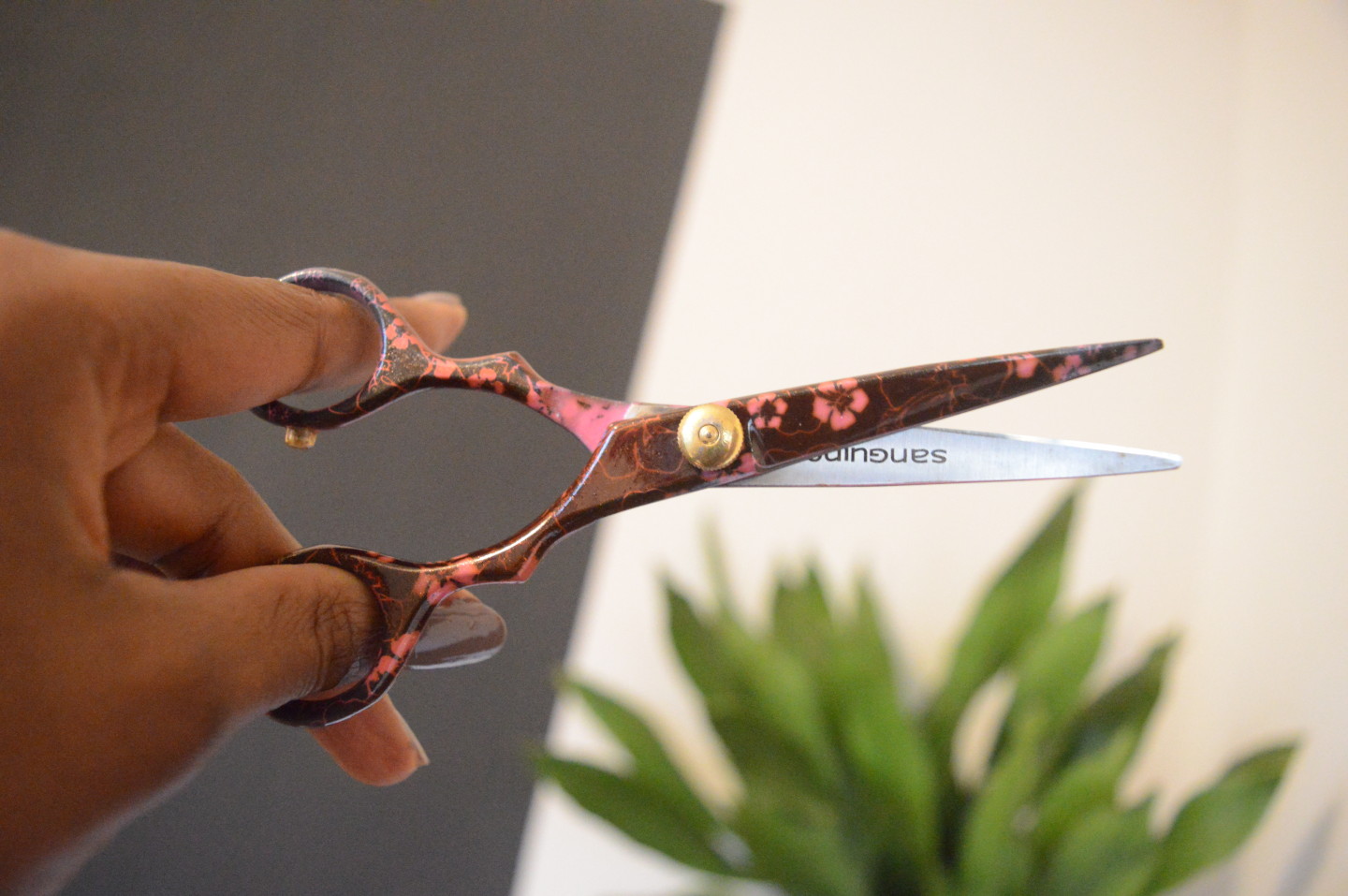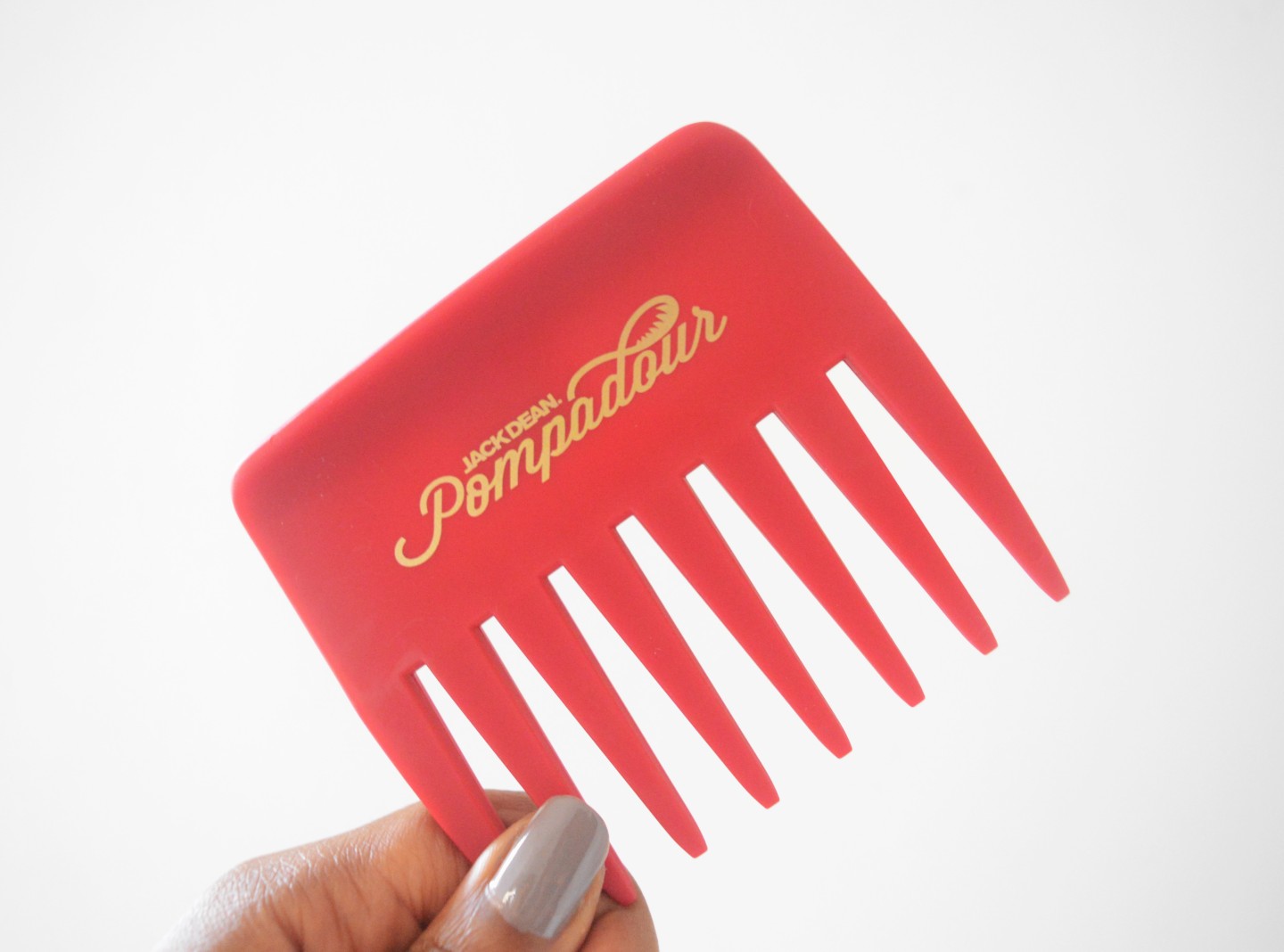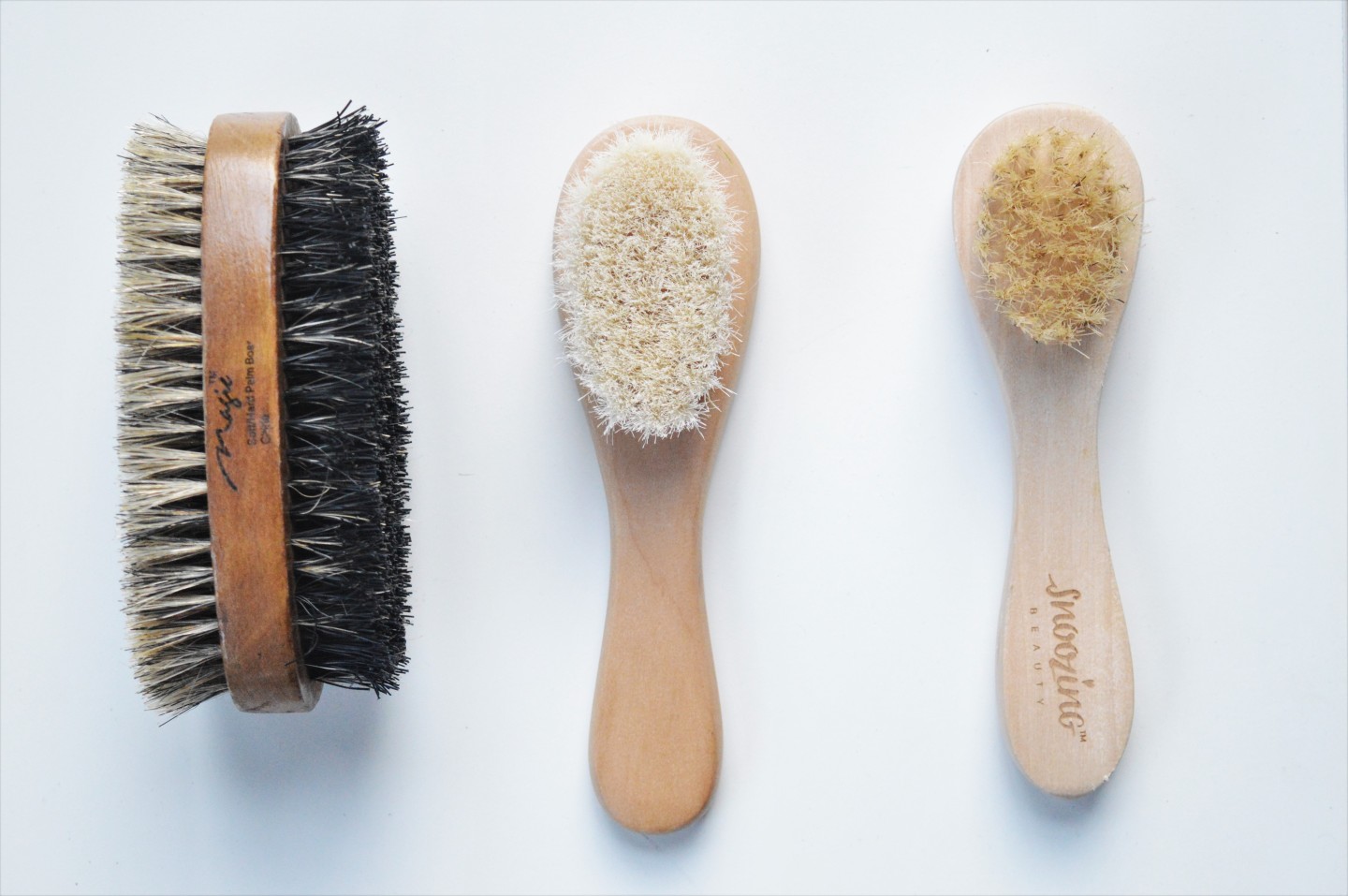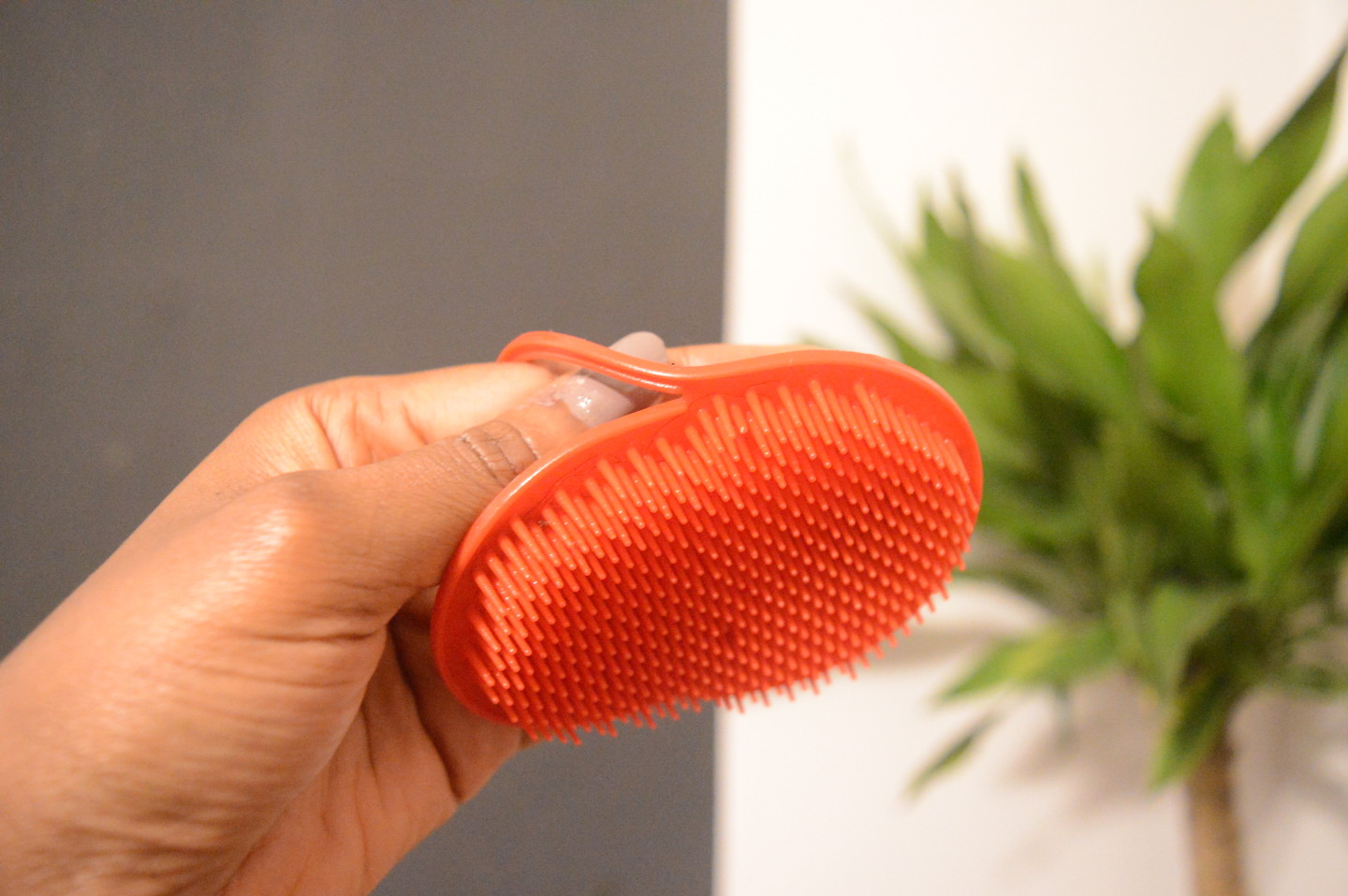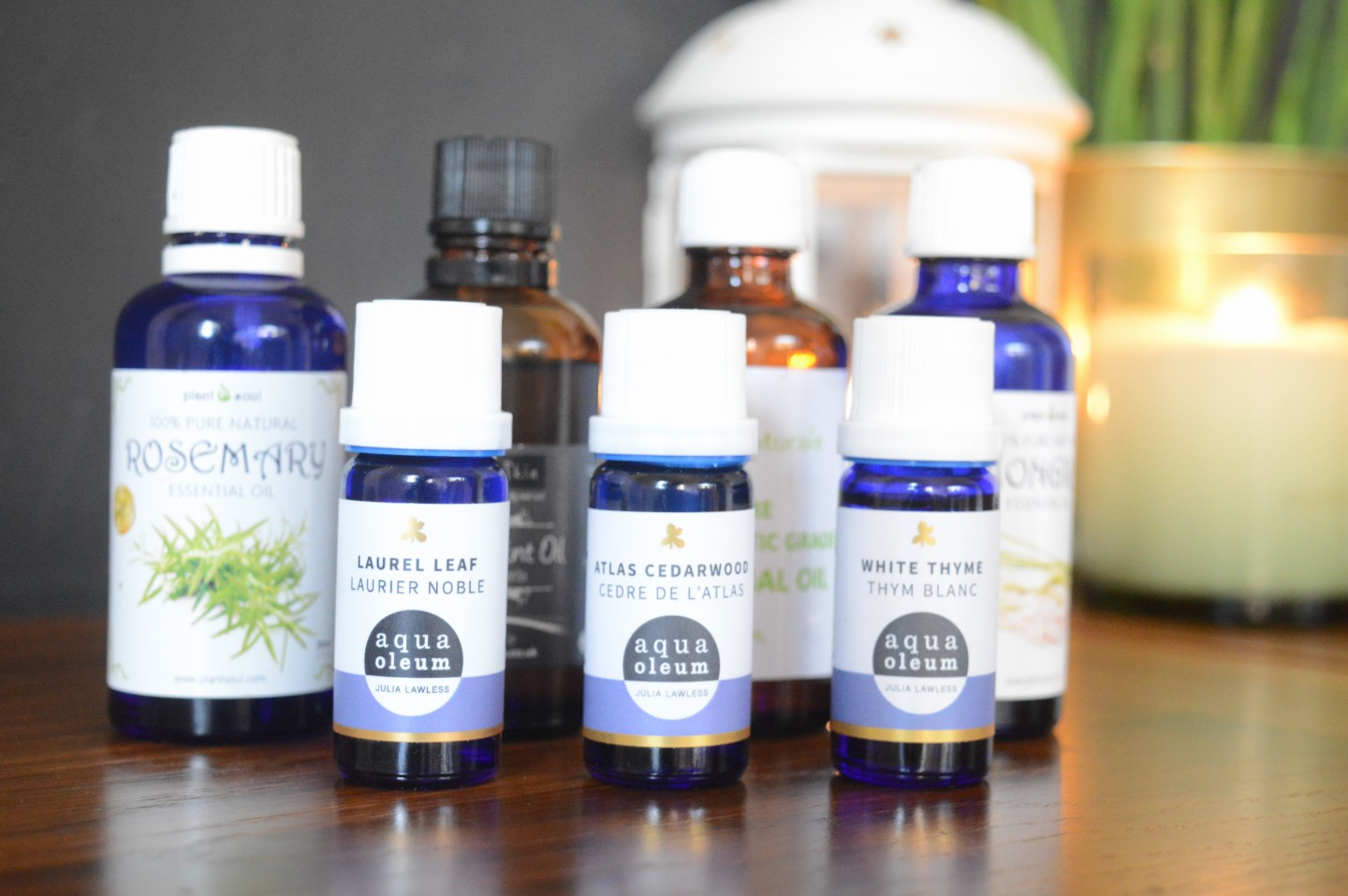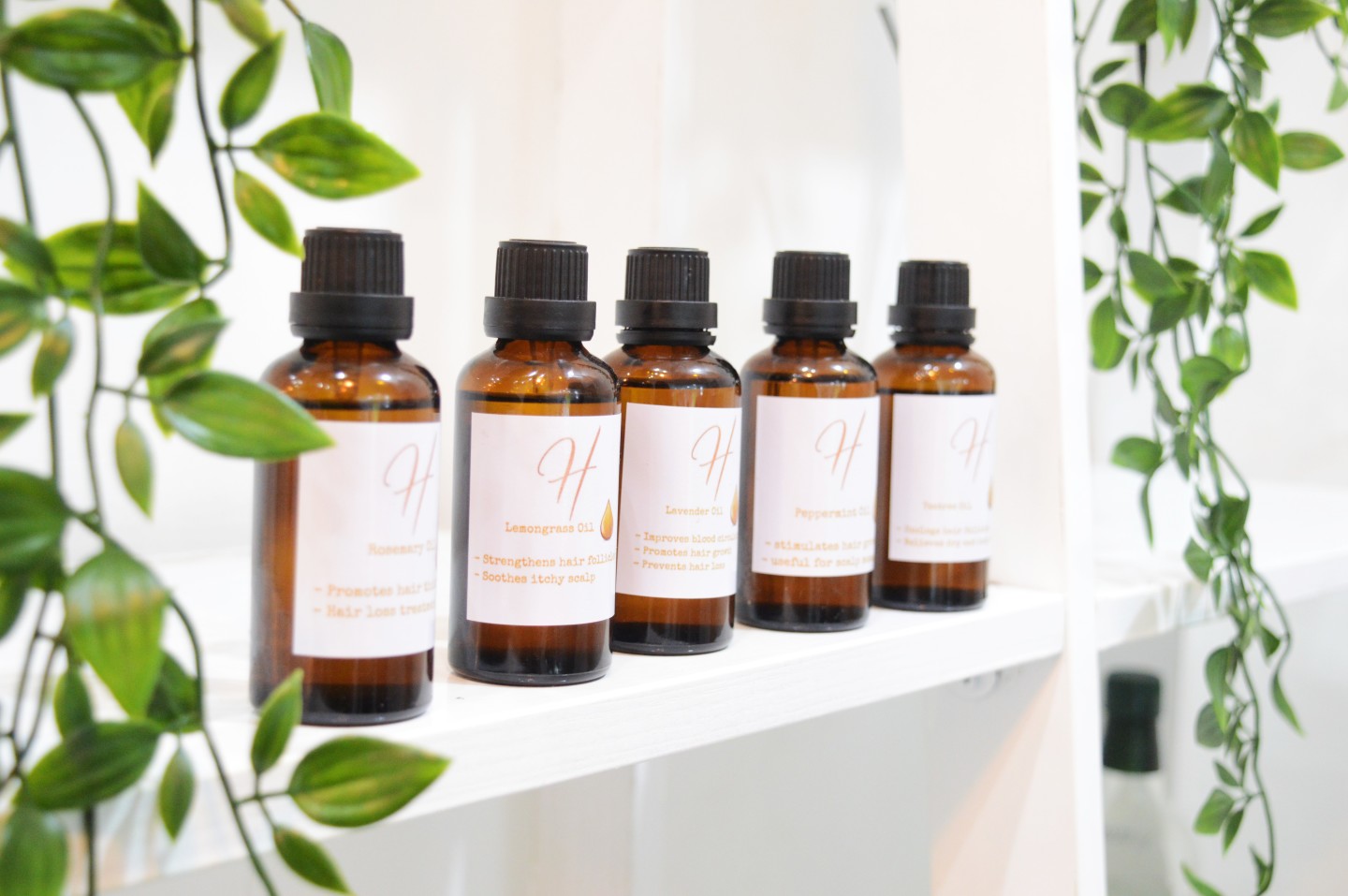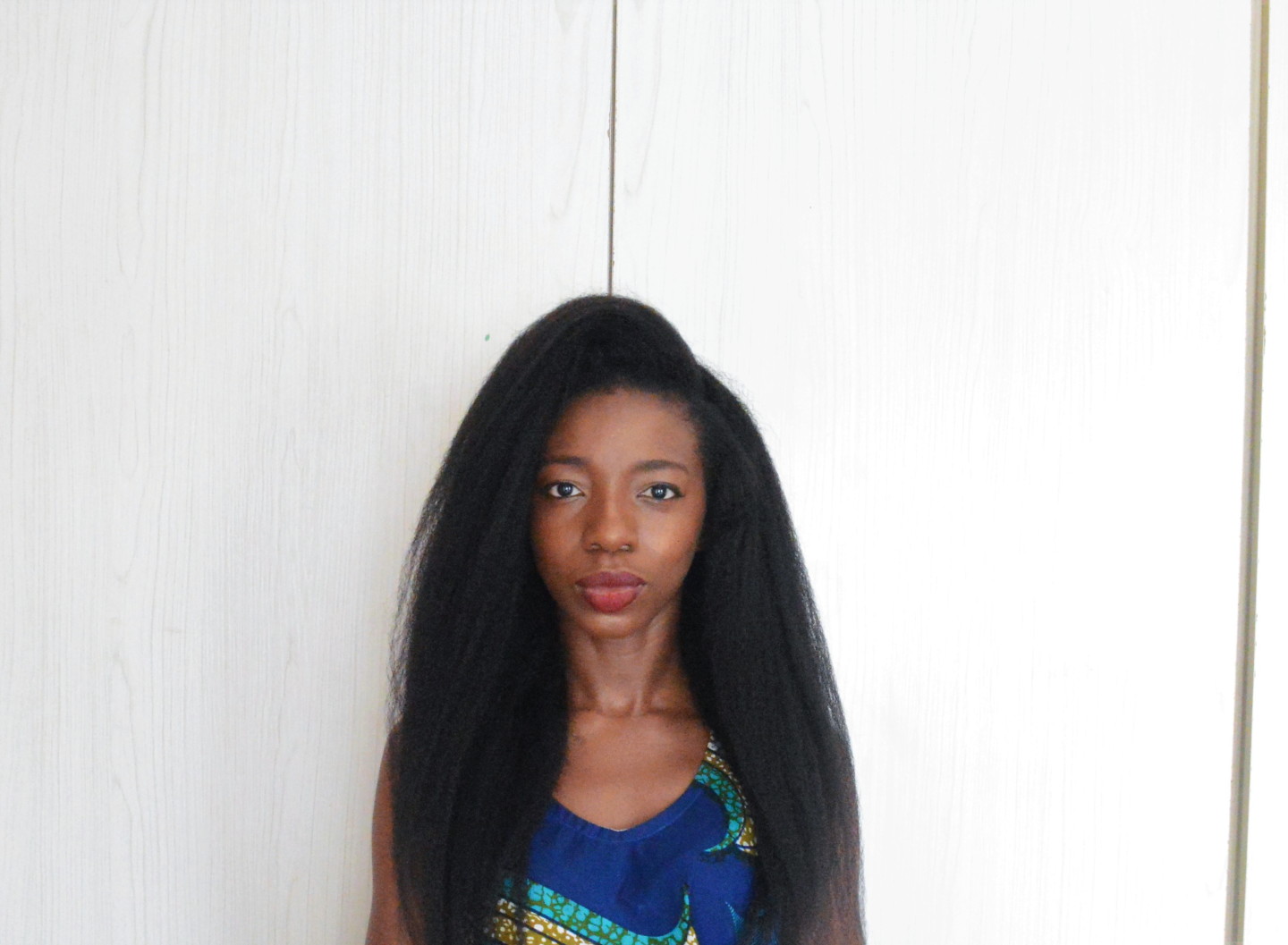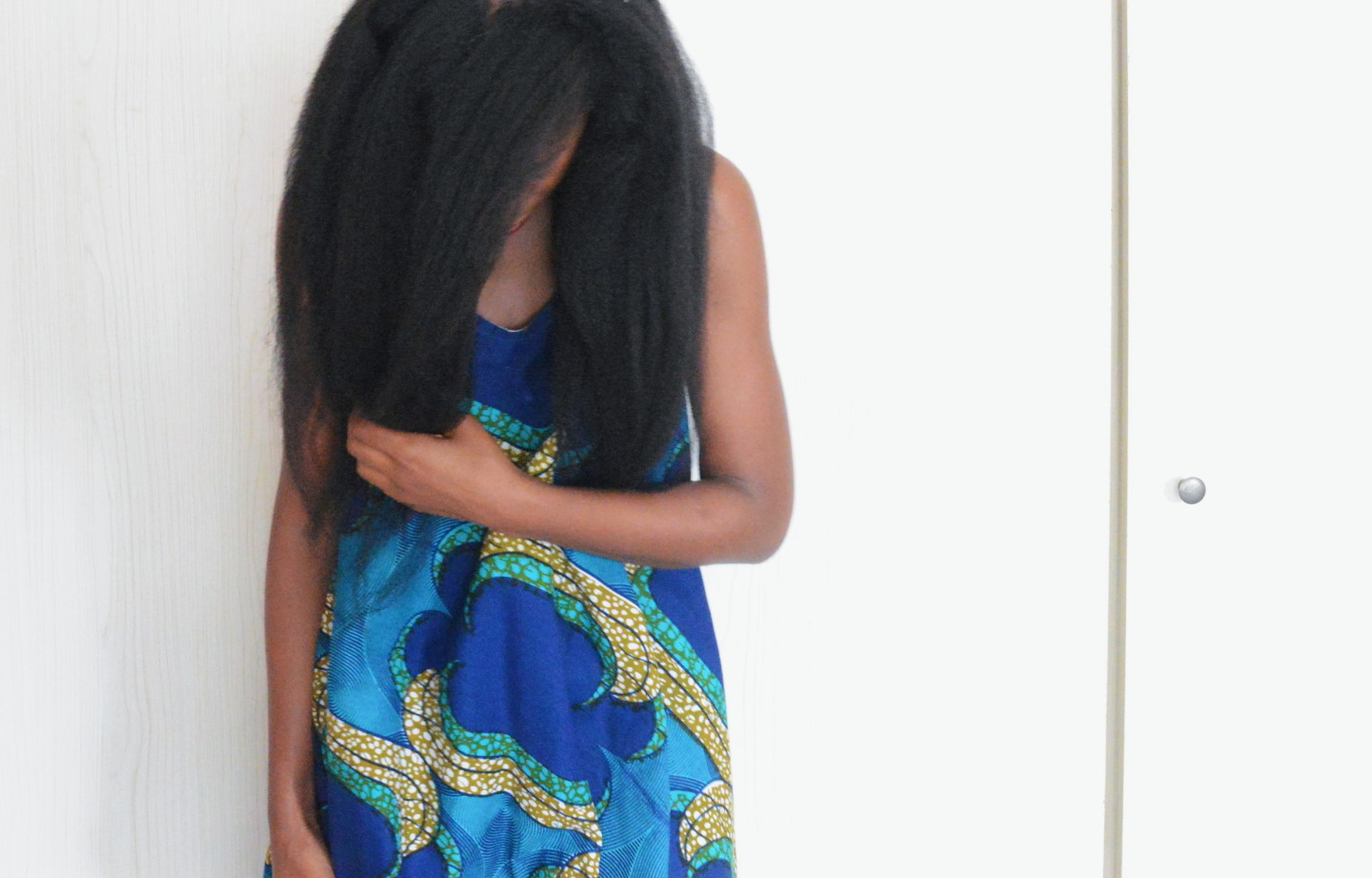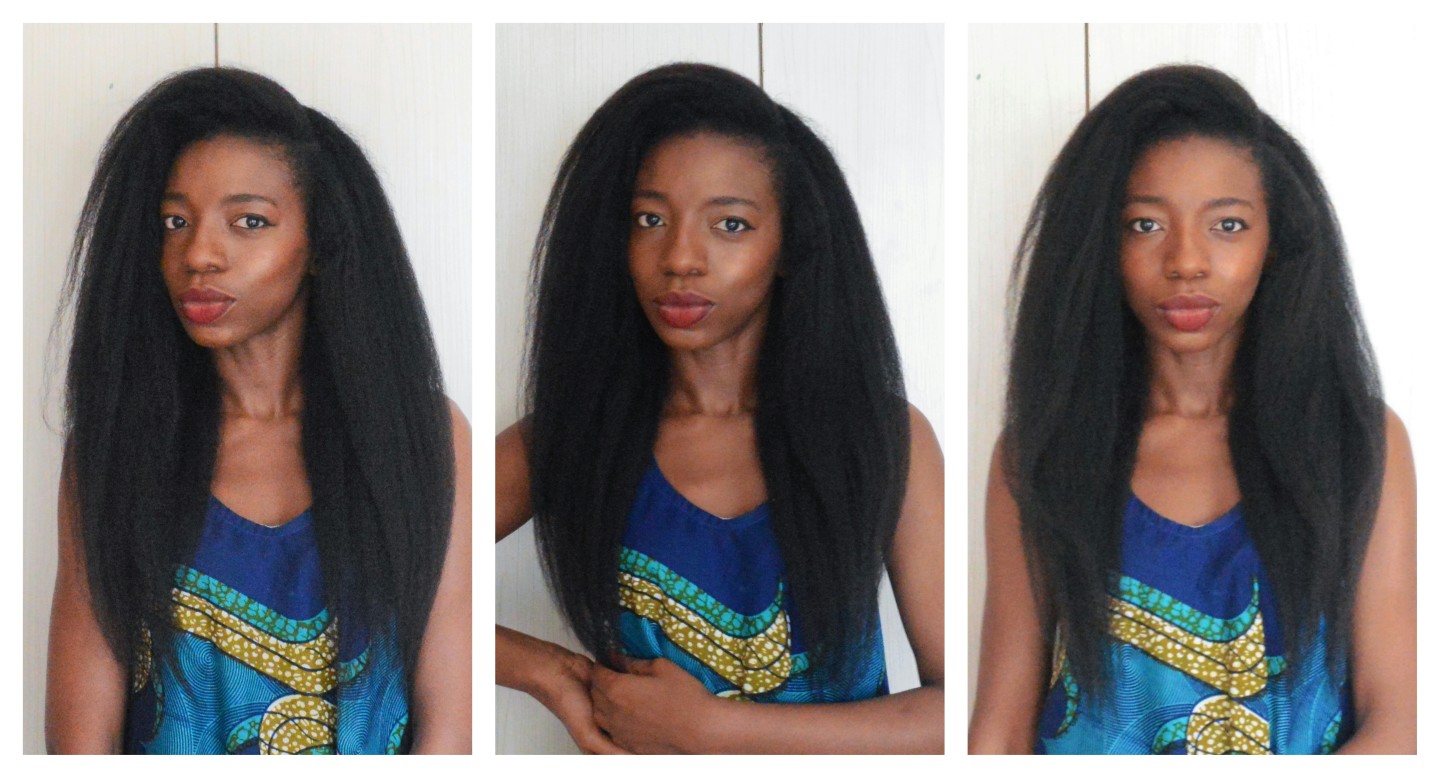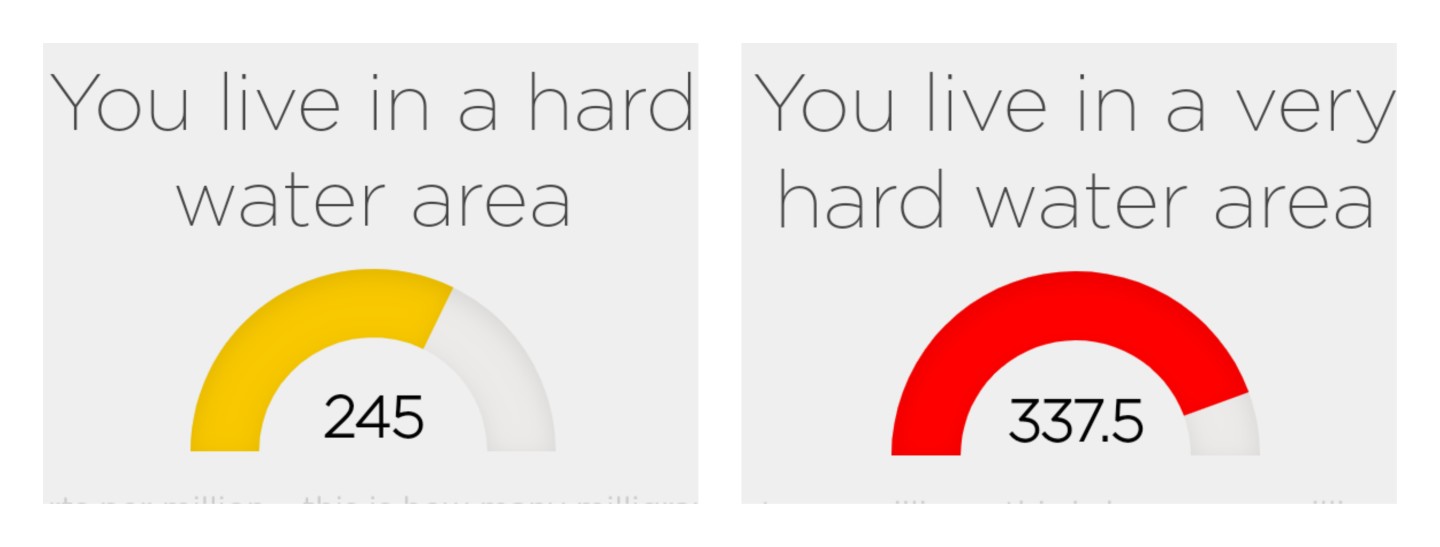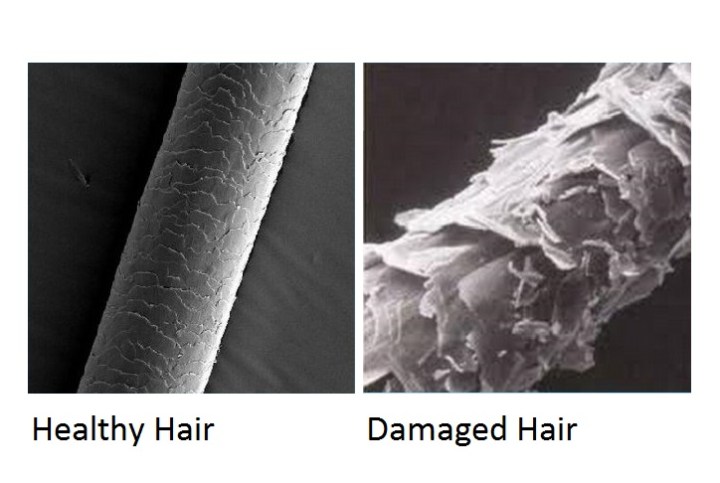
“Damaged” is a word no one wants to hear when their hair is described because it often means breakage and hair loss isn’t too far behind. I find that many blog posts focus on setting out causes of damage and how to avoid it. This is great and I have done the same in previous posts. In an effort to add another facet to the topic and to bring more understanding to anyone reading I would like to share more of what exactly damage is and the reasons why afro textured hair is more susceptible to damage than other hair types.
What is Damage?
Damage is degradation of hair fibres. After hair grows out of our scalp, the fibres will begin to sustain damage from various things such as harsh weather conditions, harsh products, chemical processes, hair care practices, general wear and tear and styling choices.
Even with great hair care, our hair will sustain some damage due to general wear and tear. What we can do is control the severity of damage and slow down how quickly it occurs through hair care. Damage can be sustained quickly over a few months (resulting in high levels of breakage and unhealthy looking hair that seems stagnant in length) or happen gradually over several years (resulting in longer and healthier looking hair).
Everyone’s hair is damaged, just to different degrees or severity.
Hair care preserves hair fibres so the that wear and tear or damage occurs at a much slower pace. The better our hair fibres are preserved, the healthier our hair will look and feel and the longer the fibres will go without breakage.
Bad hair care and bad hair styling practices will speed up the damage and wear and tear of hair fibres resulting in unhealthy looking hair and breakage much much quicker than hair that is well cared for. For example, flat ironing hair every wash day will likely result in hair becoming damaged which may break off or need to be cut after a few months. If hair is flat ironed 2 to 3 times a year, the hair will not become damaged as quickly. This along with other hair care practices, will help the hair fibres look healthy, have very little breakage and go several years without the need for a major cut.
How Does It Occur?
Damage usually begins at the outer layer.
The layers of the cuticles and the bonds between the layers are broken and weakened when hair is being damaged. This makes the cuticle layer thinner and in some cases the cuticle layer is totally removed. The cuticle layer is supposed to protect the inner layers and once weakened or destroyed, it allows the inner layer sustain damage what will eventually lead to breakage. Damage to the cuticle layer is also the first step in the forming of a split end.
Hair with damaged cuticles will look and feel damaged. Hair with little or minimal damage to its cuticle layer will look and feel healthy. Understanding this has made me respect the cuticle layer so much more. This knowledge greatly influences how I choose and use my hair care products, which practices I complete and how I select ingredients for Infusions by Hairducation hair care products.
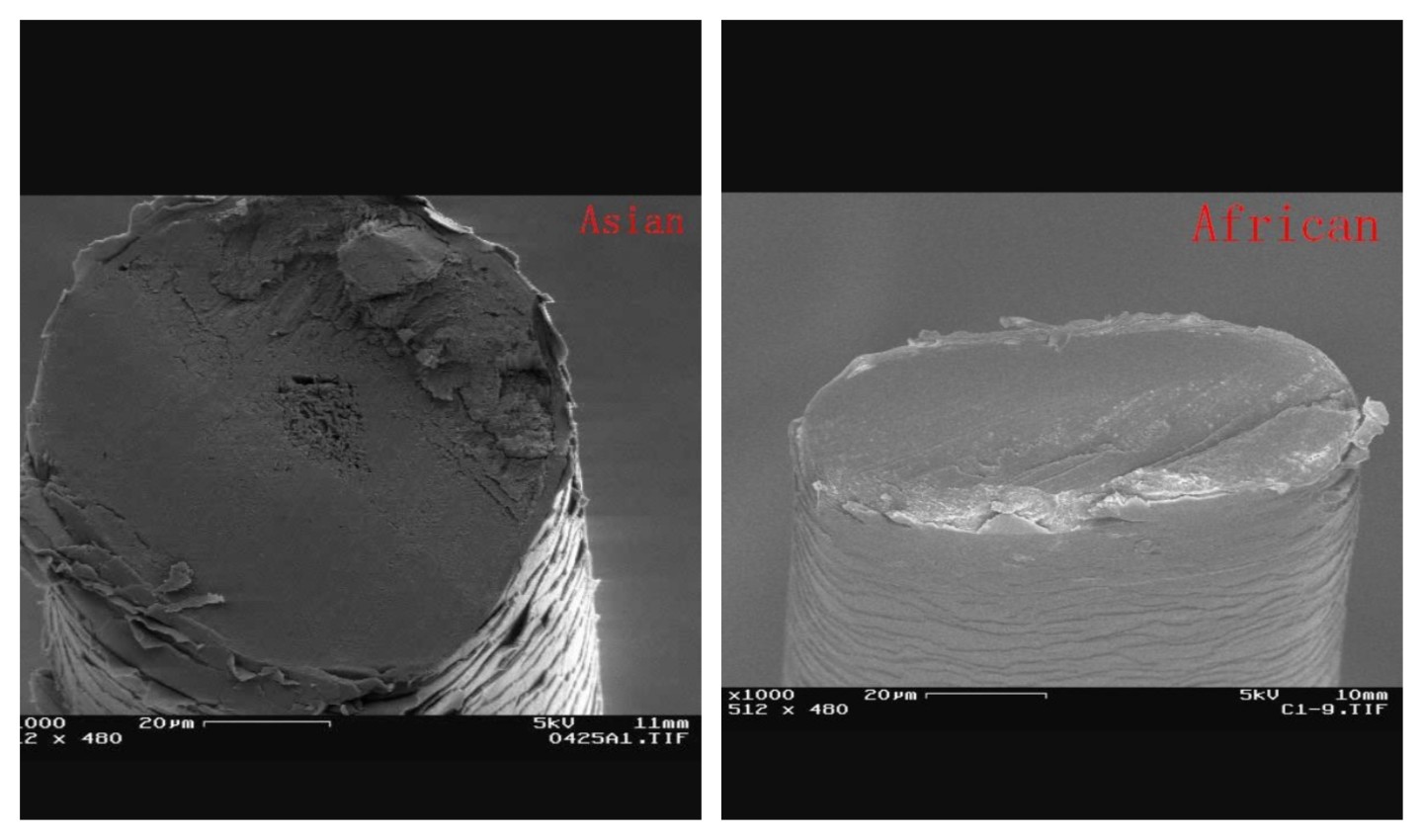
Why Black Hair Gets Damaged Easier Than Other Hair Types
The main reasons why black hair is much more susceptible to damage and breakage is to do with the unique shape/structure of our hair fibres. Being very brief, three reasons why our hair gets damaged and breaks much more easily is set out below.
1 – Each curl and kink in our hair is an area of weakness (the fibre is thinner in those spots) which means our hair has several points at which at the risk of breakage is higher.
2 – Curly/kinky hair is much more prone to tangling and this increases the risk of wear and tear, damage and breakage.
3- One of the most forgotten reasons why our hair sustains damage easily because afro textured hair has less cuticle layers than the hair of other races. This means our hair has less protection than other hair types.
Our hairs structure means that it requires care using particular methods and rich products to stay well preserved (healthy) and to retain length. Unfortunately, we often have the most aggressive hair care and hair styling practices, the very things our hair does not cope well with.
Products which are able to penetrate and help strengthen the inner layers of hair, help maintain the integrity of the cuticle layer, reduces the forming of tangles and reduces the damaging impact of detangling by lubricating hair fibres should be in your hair products arsenal.
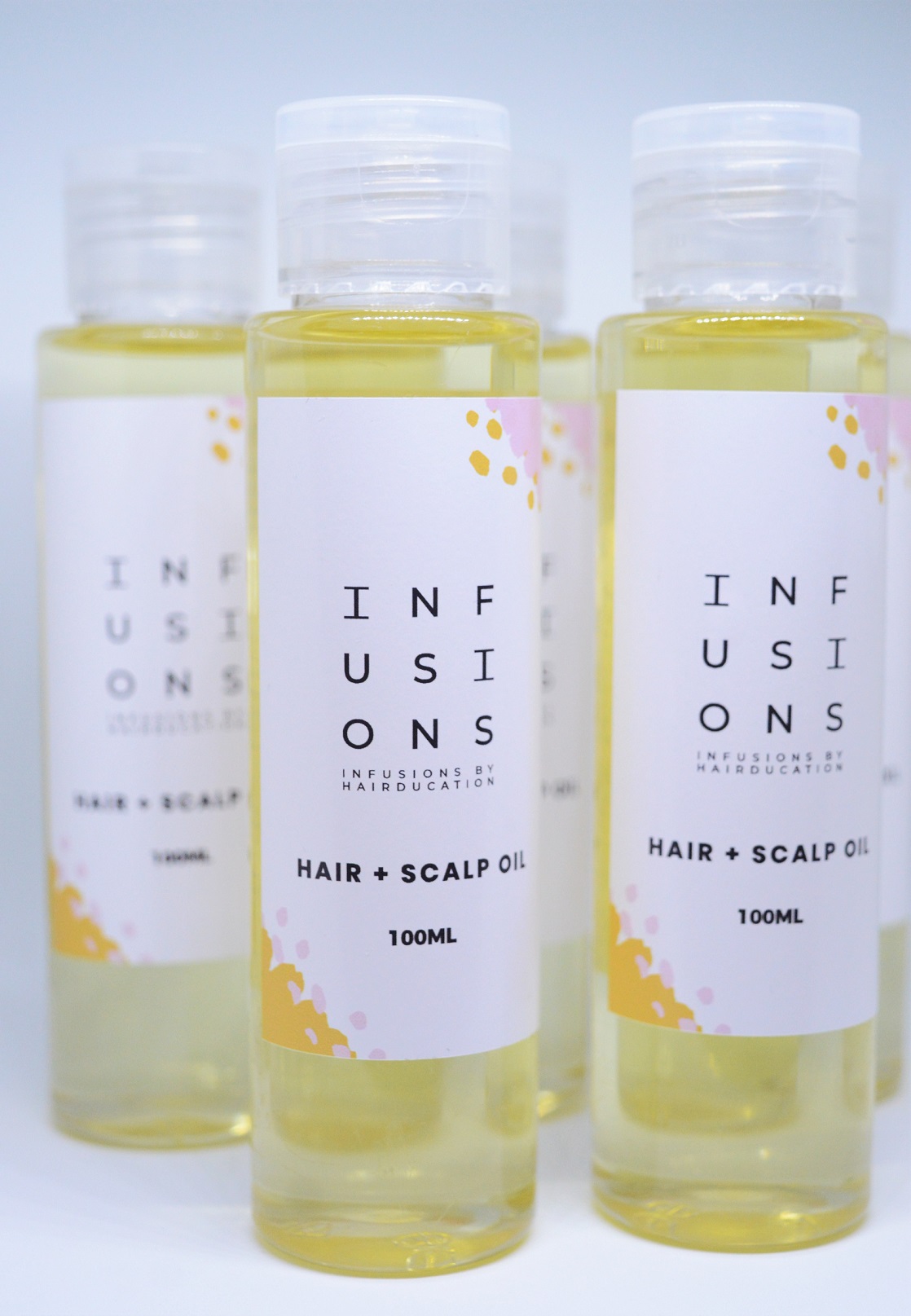
And yes I am pushing my market and very proudly so because I know the infusions by Hairducation Hair + Scalp Oil is a highly effective hair product that does all the above.
I hope you have learnt something valuable form this post that will have a positive impact on your care.
More blog posts coming soon.
Lade

